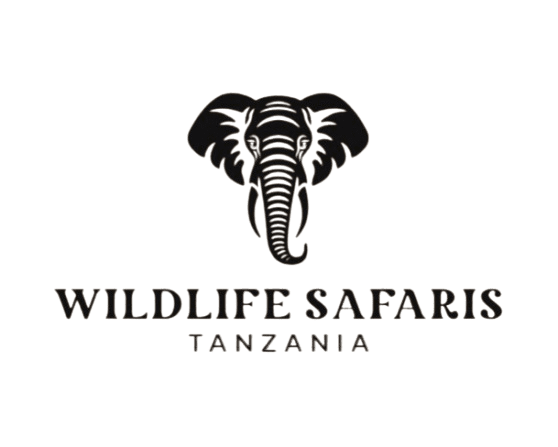FACTS
1. Mountain Gorillas Only Live in Three Countries
Mountain gorillas are found exclusively in Uganda, Rwanda, and the Democratic Republic of Congo (DRC).
-
In Uganda, they live in Bwindi Impenetrable National Park and Mgahinga Gorilla National Park.
-
In Rwanda, they inhabit Volcanoes National Park.
-
In the DRC, they are found in Virunga National Park.
2. Fewer Than 1,100 Mountain Gorillas Remain in the Wild
According to the latest conservation data, the global population of mountain gorillas stands at just over 1,060 individuals, making them one of the most endangered species on Earth. Thanks to strict protection and eco-tourism, their numbers are slowly increasing.
3. Gorilla Trekking Permits Are Limited and Regulated
To minimize human impact, daily trekking permits are limited.
-
Uganda: USD 800 per person (from July 2024 onward)
-
Rwanda: USD 1,500 per person
-
DRC: Around USD 400 per person
Each permit allows visitors one hour with a habituated gorilla family.
4. Treks Can Take Between 1 to 6 Hours (or More)
The duration of a gorilla trek depends on the gorillas’ location, which changes daily as they move through the forest. Treks can range from a short 1-hour hike to a challenging 6-hour climb through dense vegetation and steep terrain.
5. You’re Allowed Only One Hour with the Gorillas
Once you locate a gorilla family, you’re permitted to spend 60 minutes observing them — watching their interactions, feeding habits, and social behaviors. This time limit helps reduce stress and disease transmission between humans and gorillas.
6. You Must Be at Least 15 Years Old to Trek
Most national parks enforce a strict minimum age of 15 years for gorilla trekking to ensure physical capability and discipline during the experience.
7. Gorillas Share 98% of Their DNA with Humans
Mountain gorillas are our closest living relatives after chimpanzees. Their emotional expressions, social structure, and even gestures mirror those of humans, making the encounter deeply moving and personal.
8. Trekking Groups Are Small and Well-Guided
Each trekking group consists of a maximum of 8 visitors accompanied by armed rangers and expert guides who track and protect the gorillas while ensuring visitor safety.
9. No Flash Photography Is Allowed
To avoid startling or upsetting the gorillas, flash photography is strictly prohibited. Visitors are advised to use quiet, non-intrusive cameras or phones with no flash settings.
10. You Must Keep a Distance of 7 Meters
Trekkers are required to maintain a 7-meter distance (about 21 feet) from gorillas. This minimizes the risk of transmitting human diseases and ensures the gorillas’ comfort.
11. Gorillas Are Vegetarians
Mountain gorillas are primarily herbivorous, feeding on leaves, bamboo shoots, fruits, and wild celery. An adult male can consume up to 30 kilograms of vegetation daily.
12. Silverbacks Are the Leaders
Every gorilla family is led by a dominant silverback — an adult male with a streak of silver hair on his back. He makes all group decisions, protects his family, and mediates social disputes.
13. The Best Time for Gorilla Trekking Is During the Dry Season
The most favorable trekking conditions occur during the dry months of June to September and December to February, when forest trails are less muddy and gorillas are easier to locate.
14. Gorilla Trekking Is Safe and Well-Organized
Despite being wild animals, gorillas are gentle and calm toward visitors, especially habituated groups that are used to human presence. Rangers and trackers ensure safety throughout the trek.
15. Gorilla Tourism Funds Conservation and Communities
A significant portion of gorilla trekking permit fees goes toward conservation projects and local community development, providing jobs, education, and incentives for wildlife protection.
16. Bwindi Has Over Half of the World’s Mountain Gorillas
Bwindi Impenetrable National Park in Uganda is home to more than 50% of the global population of mountain gorillas, making it one of the best destinations for gorilla trekking on Earth.
17. Trekkers Are Briefed Before the Experience
Before entering the forest, visitors receive a detailed pre-trek briefing about gorilla behavior, safety rules, photography etiquette, and environmental guidelines.
18. You Can Hire Porters for Assistance
Local porters are available to carry backpacks and assist trekkers along steep and slippery trails. Hiring a porter not only provides comfort but also supports local livelihoods.

